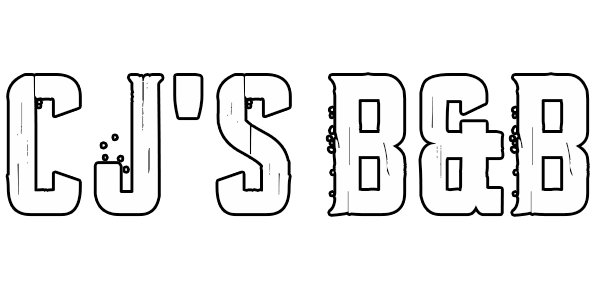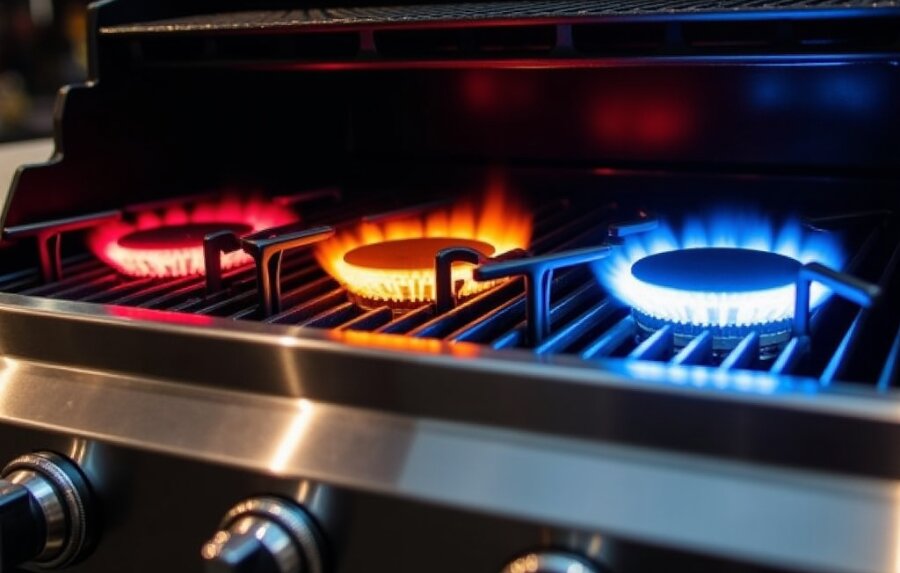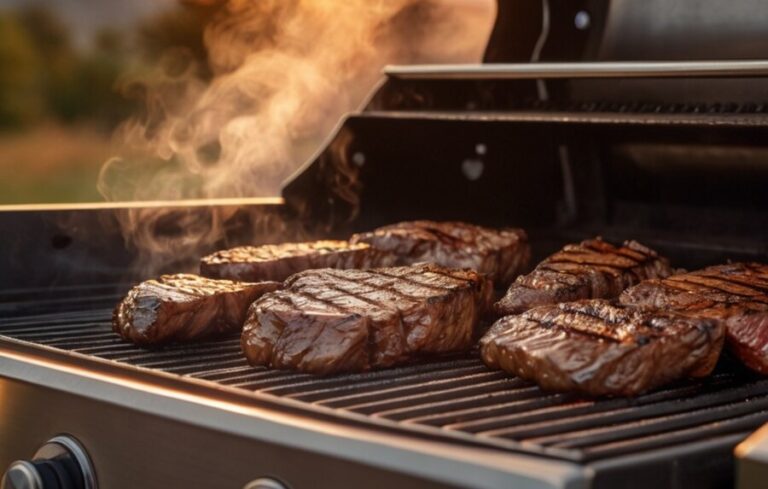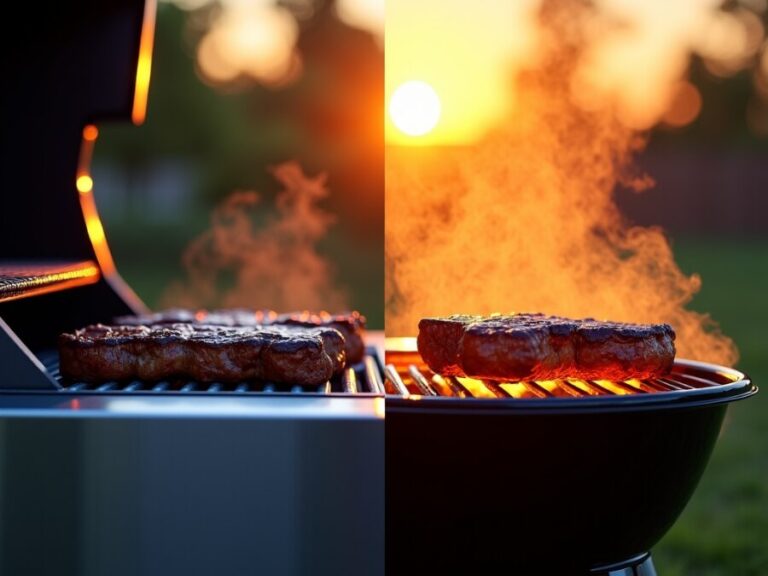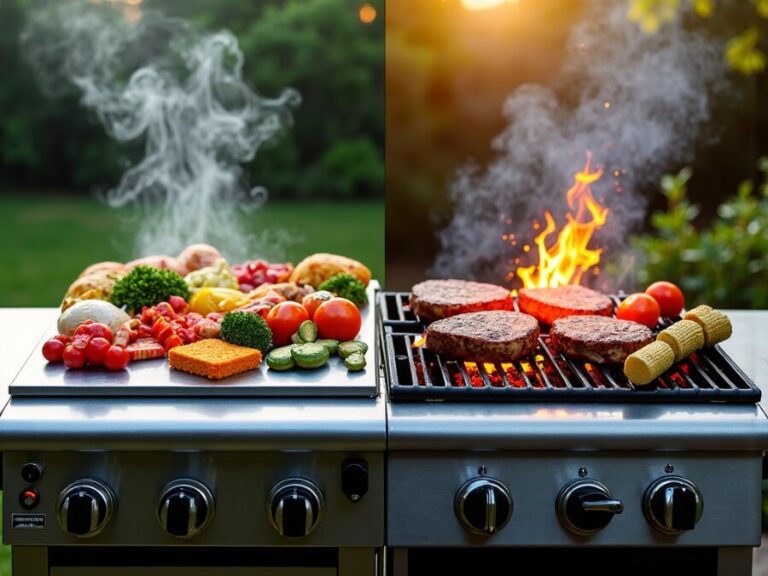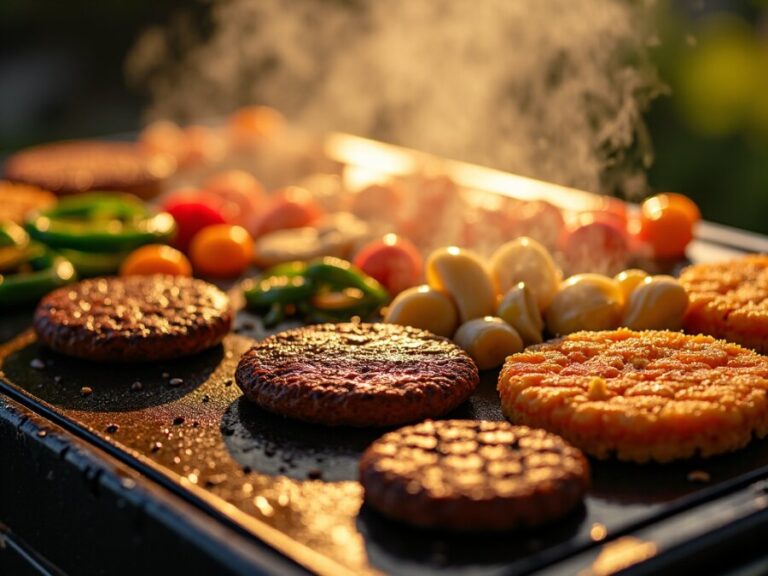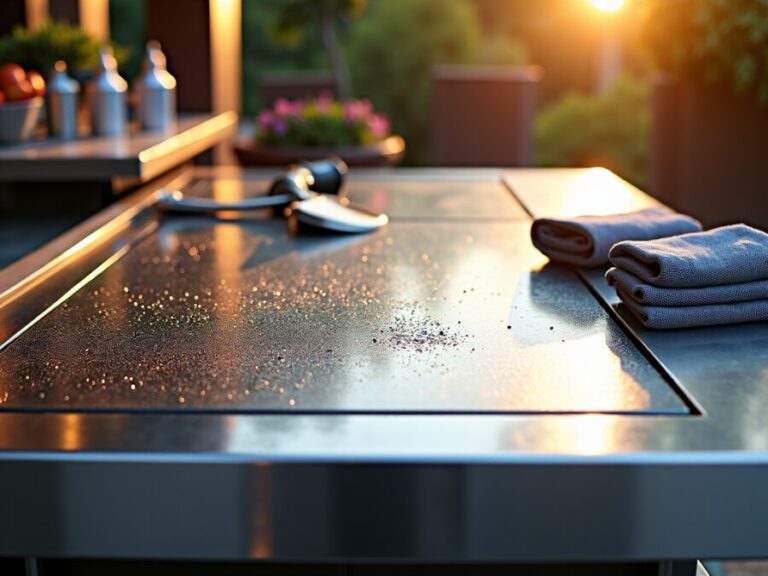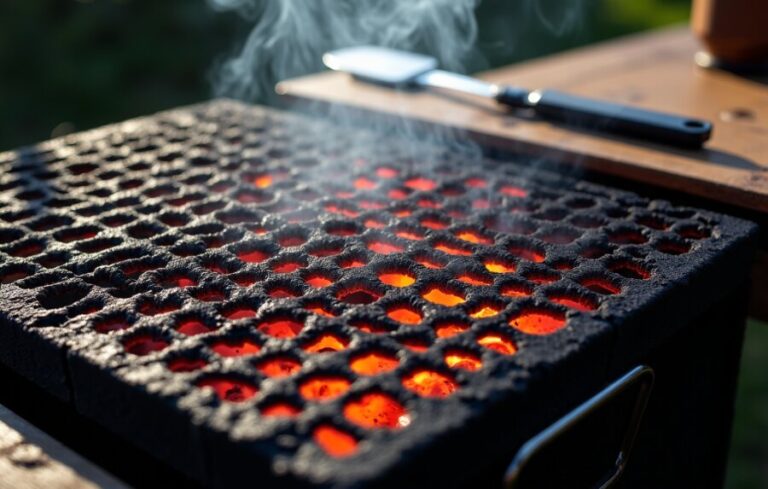Our evaluations and product assessments are conducted using a thorough and unbiased approach. Should you choose to buy any items through our provided links, we might receive a commission Read our disclosures.
Gas vs. Charcoal Grills
Choosing between gas and charcoal grills can totally change your backyard BBQ game. Each has its own chops. Let’s break down the perks of each to help you pick your grill buddy.
Benefits of Gas Grills
Gas grills are the backyard warriors, winning hearts for their easy use. Here’s why:
| Benefit | What’s Cool About It |
|---|---|
| Convenience | Gas grills heat up pronto. No waiting around for the coals to ignite. You’re BBQ-ready in minutes. |
| Temperature Control | Dial in your heat with a twist of a knob. No more guesstimating! |
| Quick Start-Up | Ignite, gas on, and boom! You’re cooking. Perfect for those “I’m starving now” moments. |
| Types Available | You’re covered whether it’s a natural gas line or a portable propane tank. Flex whatever situation you’ve got. |
Gas grills are the go-to for anyone who likes their outdoor cooking a bit more chill but doesn’t want to skimp on flavor. They bring that smoky taste without the drama of charcoal. Want to become a gas grilling champ? Peek at our gas grill tips.
Benefits of Charcoal Grills
Gas might be easy, but charcoal grills have a crew of their own, all about that rich, smoky taste. Here’s their game:
| Benefit | Why It Rocks |
|---|---|
| Awesome Flavor | Charcoal brings that real deal smoky taste, a BBQ purist’s dream. |
| Temperature Magic | Aim for a sweet spot like 225°F for awesome results. Keep that temp steady with a trusty air probe (Check out ChefsTemp). |
| Wallet-Friendly | Charcoal grills are usually cheaper, making them a great pick for anyone just starting out or grilling on a budget. |
| Cooking Flexibility | Go direct or indirect with your heat. Charcoal lets you play around and show off your BBQ skills. |
Sure, charcoal grilling needs a bit more elbow grease, but the flavor pay-off is massive. Thinking about diving into charcoal? Check out our charcoal grill tips for more juicy details.
At the end of the day, it’s all about what gets you fired up. Whether you’re team gas or team charcoal, each offers a unique grilling experience. So gear up, choose your grill, and let the BBQ begin!
Mastering Gas Grill Temperature Control
Knowing how to handle the temperature on a gas grill can make or break your cooking game. Two main tricks are preheating and keeping an eye on the surface temperature. Let’s dig into these.
The Magic of Preheating
Preheating your gas grill isn’t just for show; it sets you up for smooth sailing. Giving your grill a good 10 to 15 minutes on high with the lid closed gets it hot enough for even cooking. No more half-raw, half-burnt food. This is particularly key for searing that perfect steak or handling high heat without burning out your non-infrared burners. For more delicate dishes or indirect grilling, chop the preheat down to about 10 minutes.
Skipping this step can land you with unevenly cooked food and a sticky mess. Trust me, it’s worth the wait.
| Cooking Method | Preheat Time |
|---|---|
| Searing Steaks | 15 minutes |
| Indirect Heat | 10 minutes |
| Delicate Foods | 10 minutes |
Keeping an Eye on That Surface Temperature
Monitoring grill temperature is a game-changer for anyone looking to up their grill game. Stick to tools like a grill surface thermometer, a gun-style thermometer, or a wireless probe to stay on top of things. This helps you track both the food and surface temps to keep everything cooking at the right speed.
Knowing your temperature zones can make a huge difference. Here’s a quick rundown:
| Food Item | Ideal Temp (°F) |
|---|---|
| Burgers | 350 – 400 |
| Chicken | 350 – 375 |
| Steaks | 450 – 500 |
| Vegetables | 375 – 425 |
Gas grills—be it propane or natural gas—are super handy: easy temp control, quick start-up, and rapid heat-up. Get the hang of this, and you’re looking at mouth-watering meals every time. For more juicy tips, check out these gas grill cooking tips.

Nailing Your Grill’s Heat Zones
Getting the right temperature on your grill can make a big difference. Understanding the magic of direct and indirect heat, along with zone grilling, can turn your BBQ into something special.
Direct vs. Indirect Heat
Let’s talk about the basics first. When I’m firing up my gas grill, knowing direct and indirect heat is a game-changer.
Direct Heat: This is when you put your food right over the flames – great for stuff that cooks fast like steaks, burgers, and veggies. This gives that nice sear and those lovely grill marks.
Indirect Heat: This is the slow and steady approach. Perfect for big cuts of meat like roasts or whole chickens. You don’t want the outside to burn before the inside is cooked. To set this up on my gas grill, I keep burners on one side lit while the other side stays off. Boom, you’ve got a hot side and a cooler side.
Zone Grilling Techniques
Zone grilling takes it up a notch. It lets you cook a variety of foods at different temps all at once. Here’s the lowdown on setting up those zones on your gas grill:
Crank all the burners to high: Let the grill heat up for about 15 minutes. If I’m dealing with delicate stuff, I might cut that to around 10 minutes (BBQGuys).
Adjust each burner’s knob: This is where you create those heat zones. Keep one side hot for direct grilling and dial the other side down for indirect cooking (The Grilling Life).
Keep an eye on cooking times and temps: With zone grilling, you can switch foods around. Sear my steak on high heat, then shift it to the cooler side to finish cooking without drying it out.
Mastering this stuff? Oh man, you’ll make some killer BBQ. Grilling doesn’t have to be a guessing game.
Want more tips? Check out articles on gas grill cooking tips or see the differences between gas and charcoal grills. Happy grilling!
Keeping Your Gas Grill in Top Shape
If you’re like me, you love those summer barbecues with friends and family. To keep those grilled goodies coming, making sure your gas grill is in tip-top condition is key. Let’s talk about some easy fixes to common problems, without all the techy mumbo-jumbo. We’re going to focus on two biggies: regulator issues and uneven heating.
Regulator Problems
The regulator is like the traffic cop for your grill’s gas flow. It makes sure gas gets to the burners at just the right pace. When it gets sticky, your flames can fizzle and food won’t cook properly.
Here’s a simple trick: give your regulator a gentle nudge. Sometimes that’s all it takes to fix it. If things don’t get better, don’t stress—it’s pretty easy to swap out the regulator for a new one. This little fix can turn your grill from “meh” to “heck yeah!” For more handy grilling hacks, check out my grilling tips.
Uneven Heating Blues
Nothing ruins a BBQ like a grill with hot and cold zones. This often happens when burner ports get clogged with grease and gunk.
To tackle this, regularly clean your burners with a wire brush. Keeps things running smooth and stops those annoying hot spots. If the issue sticks around, check if the burners are sitting right. I make sure to always clean my grill after a binge BBQ session! Learn more about different grill types and how they stack up in my grill comparison.
| Issue | Fix |
|---|---|
| Sticky regulator | Tap it or replace |
| Blocked burners | Clean with a wire brush |
Keeping my gas grill clean and functional means hassle-free cookouts every time. Plus, a clean grill equals tastier food. Who doesn’t want that? For more on picking the right grill for flavor, check out the best grill pointers and charcoal grill perks.
So grab that spatula and get grillin’!
Troubleshooting Gas Grill Issues
Look, I’ve spent countless hours perfecting my gas grilling technique, and along the way, I’ve run into a few bumps. No need to pull your hair out though; I’ve got the scoop on how to fix these common problems.
When the Igniter Won’t Ignite
Ever get ready to grill and – nada, your gas grill doesn’t light? It used to drive me nuts! Nine times outta ten, the issue is a clogged igniter. If my burners refuse to fire up, I start by checking for any gunk blocking the igniter. Take it off and give it a good clean – trust me, you’ll be amazed at the difference. Keep an eye on it to dodge any unexpected grilling disasters. For more grilling hacks, you’ll wanna check out our section on gas grill cooking tips.
Smoke Out!
Nothing kills the vibe like a smoke cloud billowing from your grill. Usually, it’s because grease has built up over time. To sort this out, I give my grill a thorough scrub, making sure to hit all those greasy spots. Preheating for about 15 minutes does wonders in burning off residual grease, cutting down the smoke and boosting flavor. Clean grill = happy grill. For more ways to up your grilling game, check out the best grill for flavor.
Taking care of these problems means more fun and better-tasting food. Happy grilling!
Grill Temperature Tips
Getting the grill fired up right isn’t rocket science, but it can feel like it sometimes. Here’s my no-nonsense guide on how to nail those heat levels and make sure your grub comes out top-notch.
High, Medium, and Low Heat
Grilling has three main heat zones: high, medium, and low. Each works best for different foods. Check out this trusty chart:
| Heat Level | Temp Range | What to Cook |
|---|---|---|
| High Heat | Above 500°F | Burgers, most steaks |
| Medium-High Heat | 450°F – 500°F | Fish, pork chops, veggies |
| Medium Heat | 350°F – 450°F | Chicken and sausages |
| Low Heat | 225°F – 300°F | Ribs, brisket, pulled pork |
For example, burgers need that high heat to get crispy on the outside but still juicy. Chicken is best on medium – keeps it from drying out but cooks it all the way through. And low heat is your best friend when you’re after fall-off-the-bone ribs. Check out my grill cooking tips for more.
Ideal Temperatures for Different Foods
Getting the inside of your meat just right is seriously important – for taste and health. Here’s my go-to guide:
| Food | Internal Temp |
|---|---|
| Ground Beef | 160°F |
| Chicken (all cuts) | 165°F |
| Fish | 145°F |
| Shrimp | 120°F |
Hamburgers? 160°F keeps you safe from food poisoning. Chicken? 165°F at the thickest part, no pink allowed. Fish varies, but cash in on 145°F and you’re golden.
Use a meat thermometer – no guesswork – to make sure everything’s perfect. For more on grill types, visit gas vs charcoal grills and charcoal grill advantages. Grill on!

